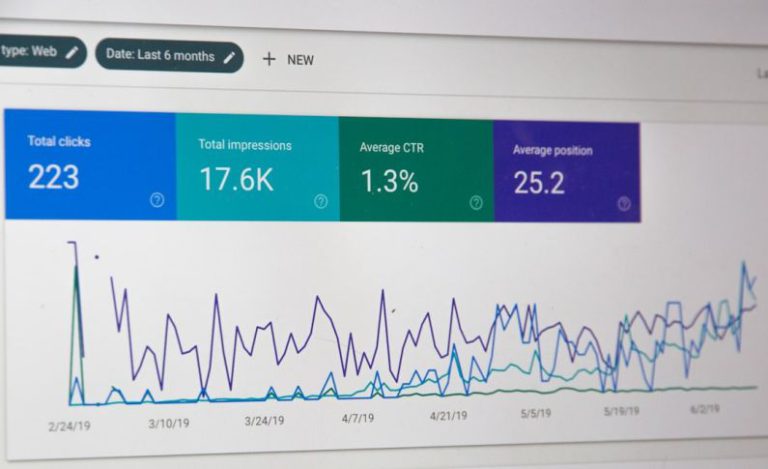Who Sets the Trends in Digital Marketing?
Digital marketing is an ever-evolving field, driven by rapid advancements in technology and changing consumer behaviors. In this fast-paced industry, staying ahead of the game requires businesses to be proactive in adopting new strategies and techniques. But who exactly sets the trends in digital marketing? Let’s explore the key players that shape the landscape.
Industry Leaders and Innovators
One of the primary drivers of trends in digital marketing is industry leaders and innovators. These are the companies and individuals at the forefront of the industry, constantly pushing boundaries and experimenting with new ideas. They often set the trends by introducing innovative marketing strategies, tools, or platforms that disrupt the status quo.
Take, for example, companies like Google and Facebook. These tech giants have not only revolutionized the digital landscape but have also played a significant role in shaping digital marketing trends. With their vast user base and access to extensive data, they have introduced game-changing advertising platforms, such as Google Ads and Facebook Ads, which have become essential tools for businesses worldwide.
Influencers and Thought Leaders
In addition to industry leaders, influencers and thought leaders also play a crucial role in setting trends in digital marketing. These individuals have built a strong personal brand and have a significant following on social media platforms or through their blogs and podcasts. Their opinions and recommendations carry weight and can influence the decisions of marketers and businesses.
Influencers often share their experiences, insights, and success stories, offering valuable advice on the latest trends and strategies. By keeping a close eye on what influencers and thought leaders are doing, marketers can gain valuable insights into emerging trends and adapt their strategies accordingly.
Consumer Behavior and Preferences
Another major factor that shapes digital marketing trends is consumer behavior and preferences. As technology continues to advance, consumers are becoming more informed, connected, and empowered than ever before. Their behaviors and preferences are constantly changing, and businesses need to stay in tune with these shifts to remain relevant.
For example, the rise of mobile devices has led to a surge in mobile marketing strategies, such as mobile-responsive websites, mobile apps, and SMS marketing. As consumers increasingly rely on their smartphones for browsing, shopping, and socializing, businesses need to adapt their digital marketing strategies to meet these evolving consumer preferences.
Emerging Technologies
The emergence of new technologies is also a significant driver of trends in digital marketing. Innovations such as artificial intelligence (AI), augmented reality (AR), and virtual reality (VR) have opened up new avenues for marketers to engage with their audience and deliver personalized experiences.
For instance, AI-powered chatbots have become increasingly popular in customer service, providing instant responses and personalized recommendations. AR and VR technologies are also being leveraged by marketers to create immersive experiences and showcase products in a virtual environment. As these technologies continue to evolve, they will undoubtedly shape the future of digital marketing.
The Future of Digital Marketing
As we look to the future, it is clear that the trends in digital marketing will continue to be driven by industry leaders, influencers, consumer behavior, and emerging technologies. Staying on top of these trends is crucial for businesses to remain competitive and maximize their marketing efforts.
To set themselves apart, businesses should embrace a proactive approach, continually seeking out new opportunities and experimenting with innovative strategies. By keeping a finger on the pulse of the industry, businesses can position themselves as trendsetters and stay ahead of the competition.
In conclusion, the trends in digital marketing are not set by a single entity but are shaped by a combination of factors. Industry leaders, influencers, consumer behavior, and emerging technologies all play a significant role in driving these trends. To succeed in this dynamic landscape, businesses must be adaptable, open to change, and always ready to embrace new strategies and techniques.






